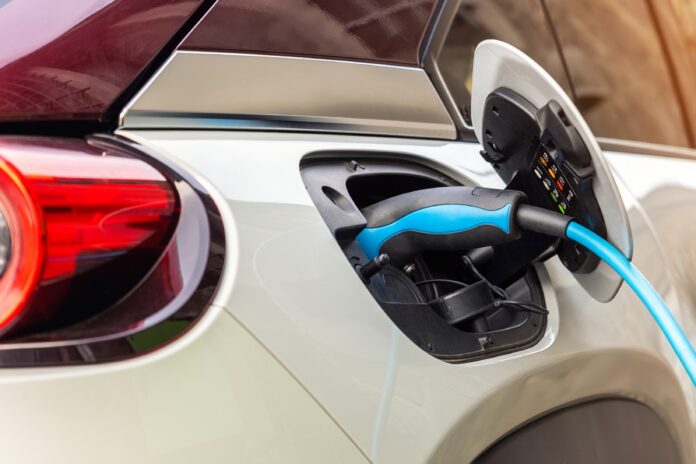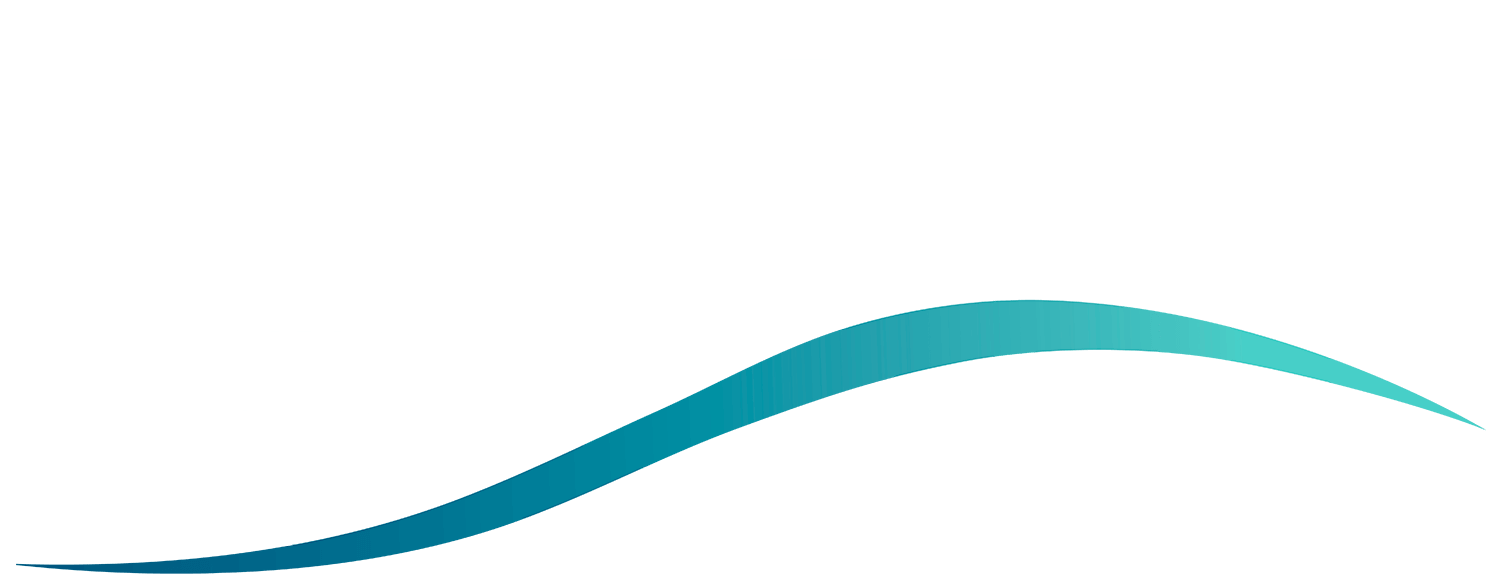There is a welter of electric cars in Australian showrooms – some 100 models from across the world at last count, from family sedans through workhorses to limousines.
While all are known as EVs (electric vehicles) and are powered full-time or part-time by electric motors, there is a handful of variants.
Battery electric vehicles (BEVs) rely solely on electric motors and sophisticated batteries charged by outside sources, plus some power regeneration through braking.
Hybrid electric vehicles (HEVs) use a combination of internal combustion engine, battery and electric motors.
Plug-in hybrid electric vehicles (PHEVs) add the benefit of also charging from external sources.
Range extender electric vehicles (REEVs) use an on-board internal combustion engine running a generator to power all-electric drive. All offer degrees of motoring smartly in silence.
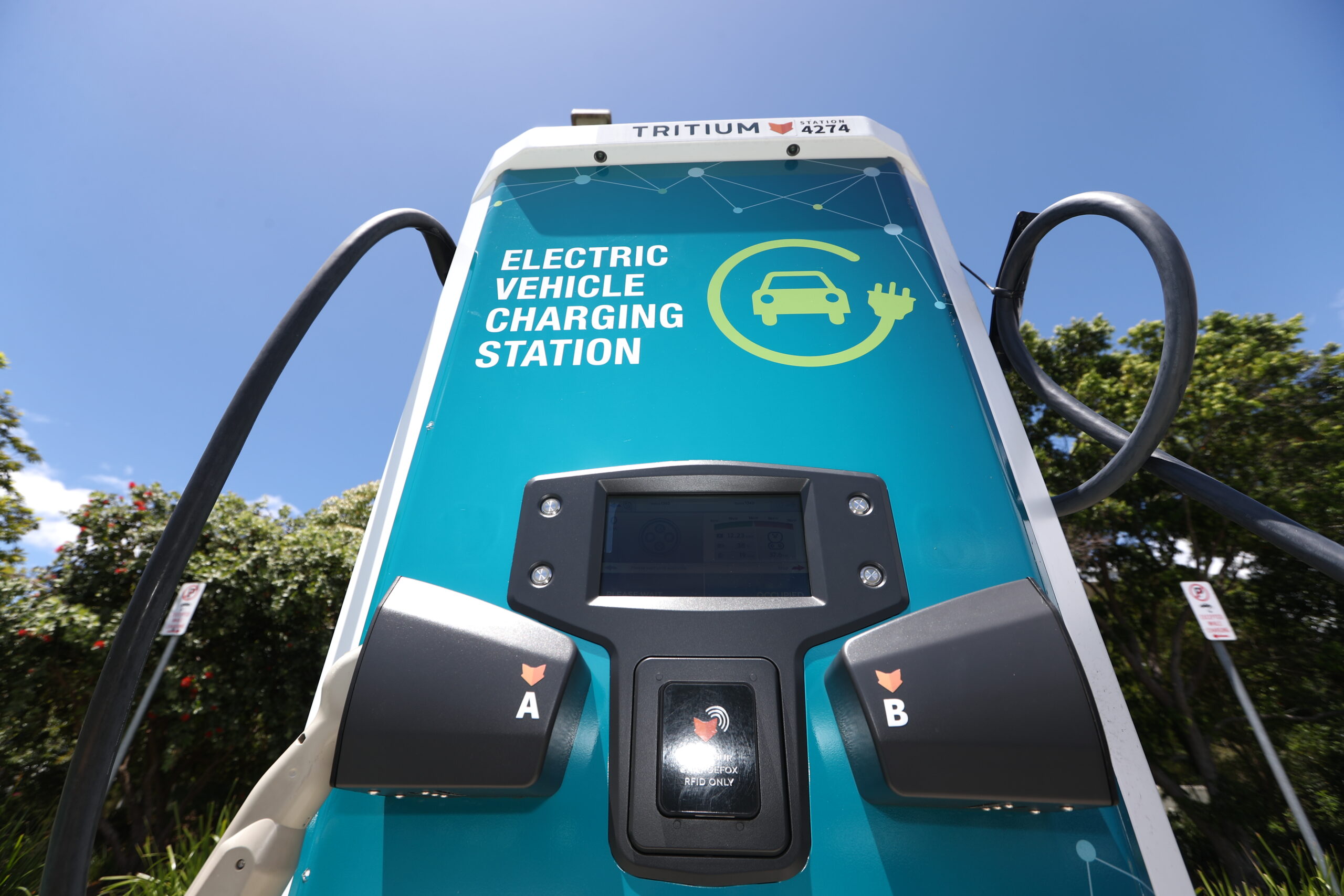
Most types and brands are sold across the Sunshine Coast, with Tesla (the pioneer of 21st-century electric motoring) reportedly looking to add a Maroochydore showroom down the track.
The Coast market is known for early adopters, with EVs no exception, Coastline BMW sales manager Ryan Brown says.
“We’ve seen a shift as people empower themselves through independent research and actively seek clarity, instead of relying on the vast array of sometimes conflicting EV information available online,” he says.
“Year on year, we have seen a significant uptake in electric vehicle upgrades, with a third of all products sold being electric.”
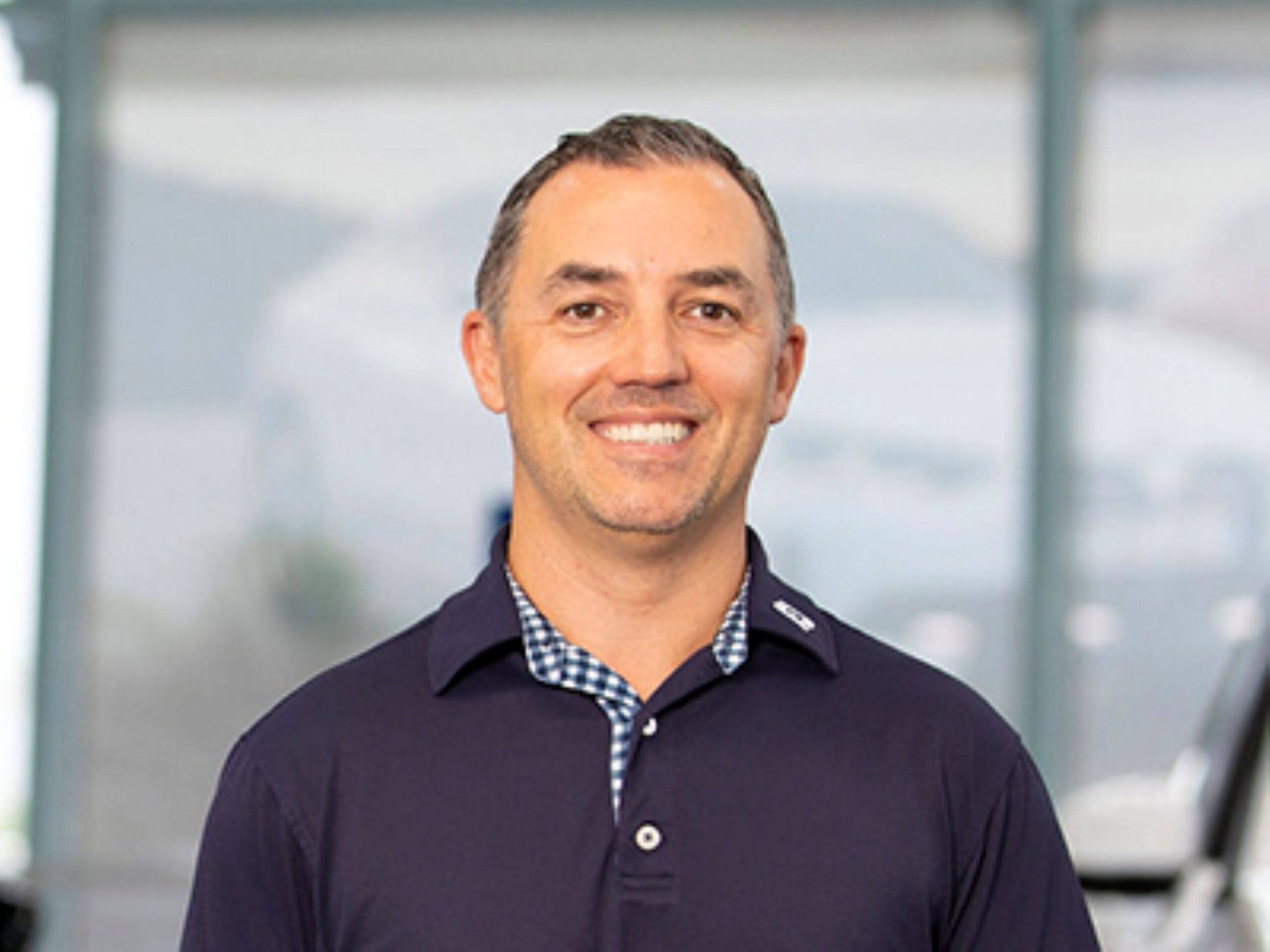
EVs may still be dearer than petrol and diesel vehicles, although a sometimes-confusing stream of Chinese brands has sharpened prices.
Australian demand remains steady. To June this year, all EVs made up 7.7 per cent of total sales; BEVs alone make up 7 per cent of vehicles on the Coast.
Cricks Maroochydore general manager Tony Martin sees a growing understanding of EVs, with customers asking more pertinent questions.
“It’s on people’s shopping lists now,” he says. “There is a shift from ‘no, I would never entertain an EV’ to ‘tell me a little bit more’.”
Pacific Motor Group’s general manager Alister Eiseman agrees and suggests consumer confidence is stronger, with known brands participating.
“Where (before) you had unknown brands or tech companies, everyday consumers now have confidence that mainstream brands are doing electric cars, confidence in service centres, warranties and the ownership experience,” Alister says.
There remains some buyer hesitancy, yet there’s constant progress with battery technology, better range, more powertrain choices and growing charging networks. The Sunshine Coast alone has about 20 EV stations.
Like any vehicle choice (petrol, diesel or electric), think budget and intended usage plus environmental considerations.
Lower maintenance and EV running costs need to be calculated against prices, resale and possible battery replacement costs. Be wary of claimed all-electric range: some fall short in the real world.
Talk to EV owners. Browse professional news sites such as EV Central or the RACQ website.
EV prices range from the $32,000 BYD (Build Your Dreams) Dolphin Essential, the cheapest of the lot in mid-2025 and just below compact rivals such as the GWM Ora and MG4, through to the electric Rolls-Royce Specter at $770,000.
In between is a swag of family cars, SUVs,utes, vans and sports cars.
While today’s all-electric BEVs may be fine for green credentials and day-to-day motoring around the Coast or up and down to Brisbane, these may not always suit wider needs.
And battery-only EVs may need consideration about home-charging infrastructure.
A domestic power point, with correct charging cable, can provide a slow charge – perhaps 10 to 20km of range over an hour.
Fast chargers for 40 to 100km an hour need a dedicated AC charger which could be the most cost-effective, easiest way to charge the family’s EV (cheaper, too, than rapid roadside chargers).
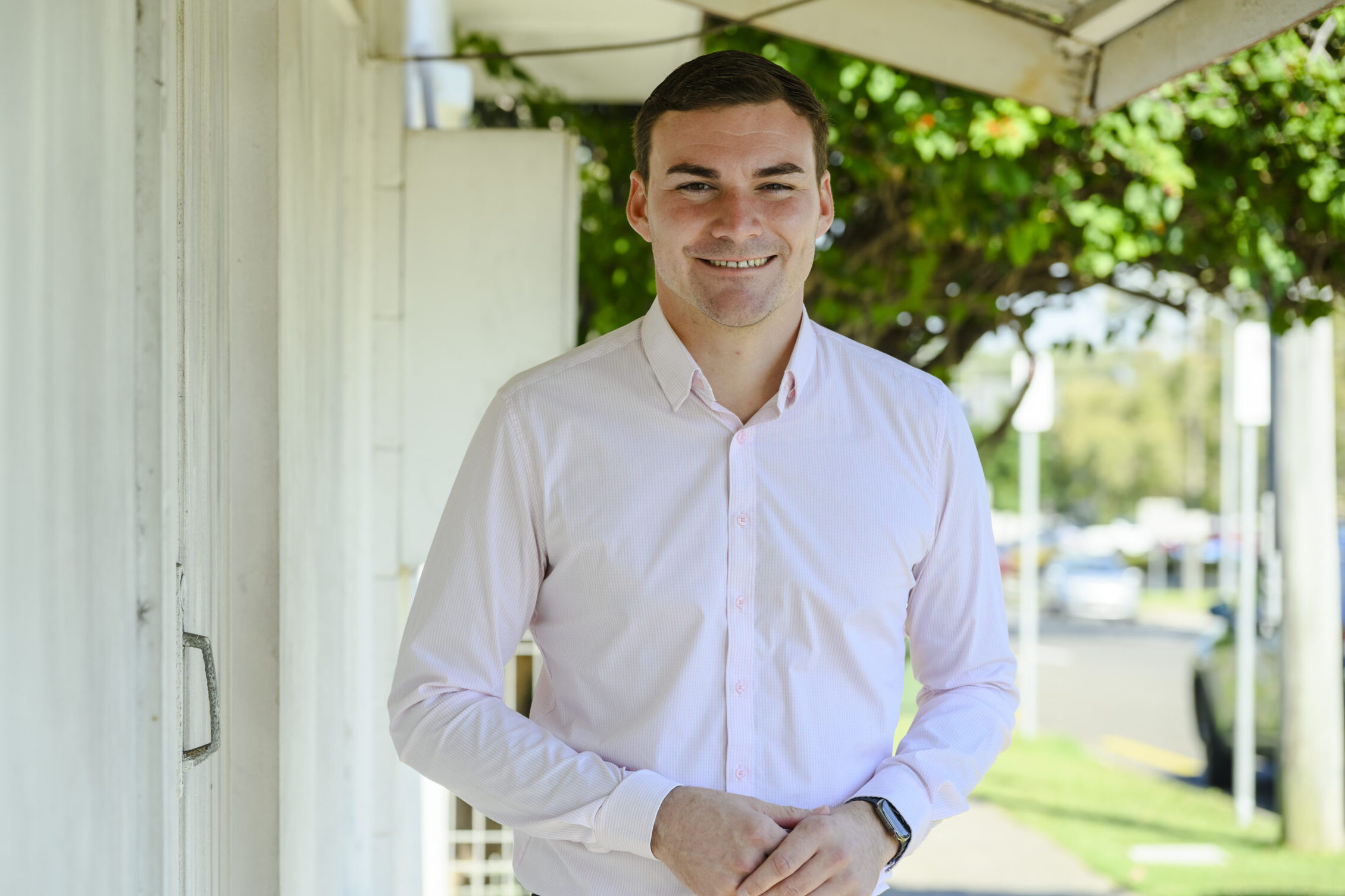
Home chargers plus installation connected to the switchboard on a dedicated circuit can cost between $2000 and $2500.
When Wi-Fi connected, there’s the ability to program best charging times, while solar systems and home batteries may help cheaper motoring. Check federal or state subsidies on solar and batteries and talk to licensed electricians.
Roadside rapid chargers can provide at least 150km of range an hour. Commercial fast chargers are found through phone apps such as PlugShare, then using an account with a credit card through AmpCharger, BP Plus, Evie, Chargefox or Jolt. Roadside charging will be more expensive, but quicker, than topping up at home.
Charge connectors depend on the manufacturer and EV model. The European Type 2 is the most common, while Japanese manufacturers use the CHAdeMO. Tesla’s looks like a Type 2, and the Type 1 connector is an American one not widely used here.
Generally, today’s battery-powered EVs can run anywhere between 300 and 400km; some makers claim up to 700km.
For trips out bush and faraway holidays, petrol-electric hybrids and PHEVs are popular in Australia with internal combustion engines taking over from flat batteries.
Some brands now sell ‘super hybrids’: essentially PHEVs, with the promise of extended battery range.
Chery’s PHEV Omoda 9 with 34kWh battery and full fuel tank reputedly can range up to 1100km.
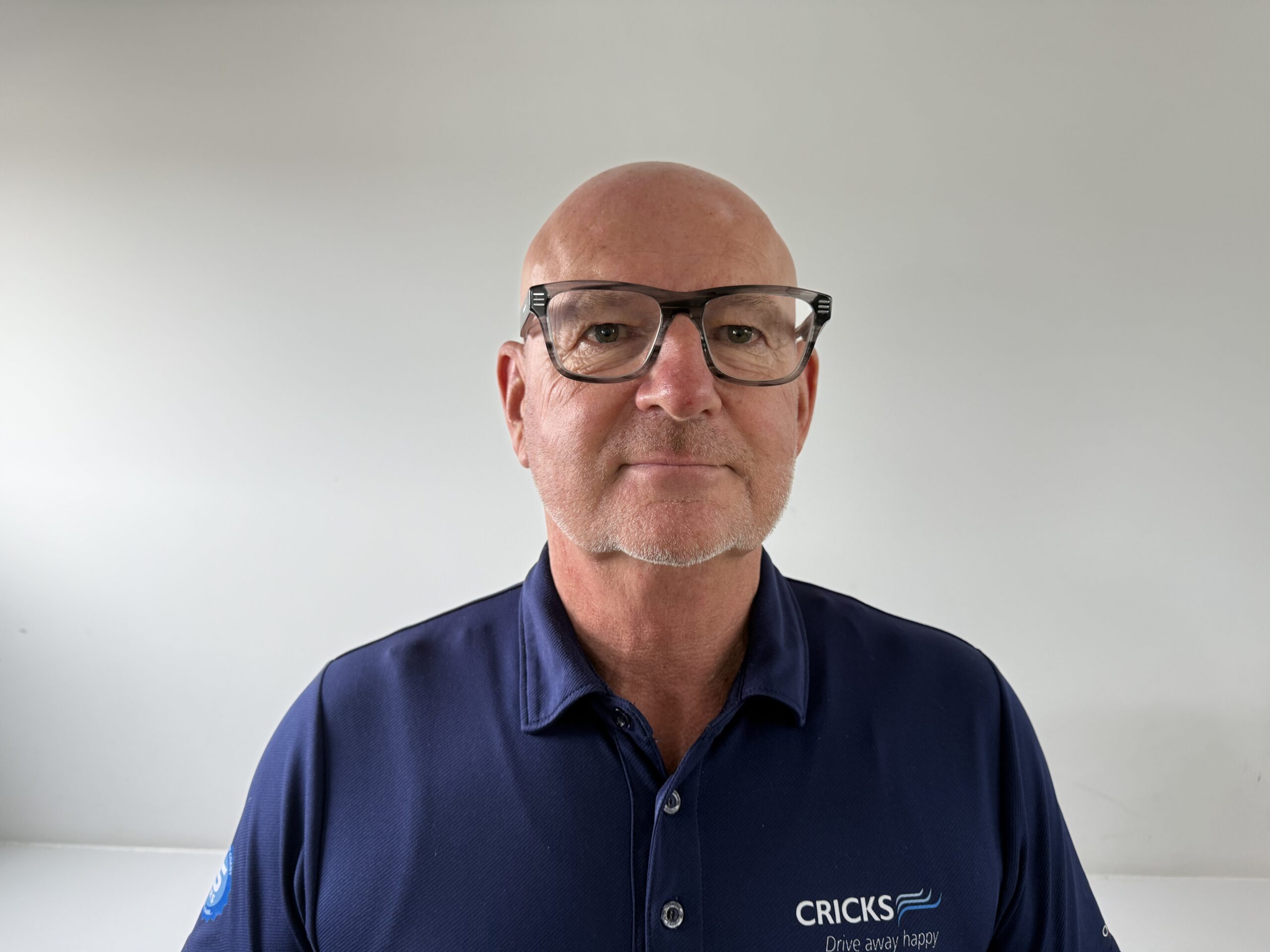
Cricks Maroochydore’s Tony Martin notes hybrids’ fuel consumptions have improved markedly in the past three or four years.
“There’s been a dramatic uplift in range and that’s a real game changer,” Tony says.
Some manufacturers hedge bets. The all-new Alfa Romeo Junior is offered as either an all-electric or hybrid model.
The Australian-developed Ford Ranger PHEV has a claimed electric range of 49km, plus power points for tools or camping equipment. It’s a sophisticated machine.
Yet here, as across most showrooms, Chinese rivals such as the GWM Cannon PHEV turn up cheaper and offer more range.
Chinese manufacturers dominate EV conversations with the likes of GWM (Great Wall Motors), BYD and MG having lofty sales ambitions in Australia, aided by cheaper EVs among line-ups. GWM was the seventh-most popular brand on the market to June, and BYD eighth.
Increasing sales volumes aids buyer confidence while some ‘newcomers’ fine-tune cars for local tastes and roads. GWM has an ex-Holden engineer working on suspension details across its diverse line-up.
BYD is growing market share quickly with the hybrid Shark 6 ute leading the way.
MG’s range runs from electric compacts to the $100,000 Cyberster sports car.
Deepal, an all-electric Chinese brand, opened with four dealerships in late 2024. There will be 14, including the Sunshine Coast, by 2026.
Geely, Chery, Leapmotor, XPeng, Jaecoo and Zeekr fill out today’s cohort of Chinese EV makers. Chery looks to develop 19 new electric models – HEV, PHEV and REEV – this year.
European, Japanese and Korean EVs are, generally, a tad more expensive, though some may consider ‘mainstream’ manufacturers’ EVs a more comfortable choice over Chinese products (as gadget-laden as those EVs can be).
Toyota’s hybrid RAV4 is a popular SUV, while Suzuki’s new Fronx runs with a mild hybrid system where a lithium battery helps out under stop-starts and acceleration.
Meanwhile, Nissan uses REEV modes: its e-Power system for the likes of Qashqai, and X-Trail models use a small petrol engine to run a generator to supply electric power for the wheels.
Hyundai and Kia offer well-regarded EVs (Hyundai’s latest hybrid i30 runs a claimed 3.9 litres per 100km), while the Swedish all-electric brand Polestar (with claimed battery ranges up to 700km) is among premium sales leaders alongside BMW.
Tesla remains, if a little dinged by politics, the most popular BEV in Queensland.
With ever-widening choices available on the Coast, finding the right fuel-saving EV depends on budget and usage.
Do the homework and the sums. Check resale values in an ever-changing world of prices and technology.
And remember: BEVs may best suit local motoring, while HEVs and PHEVs may provide more confidence if venturing further afield on a regular basis.


